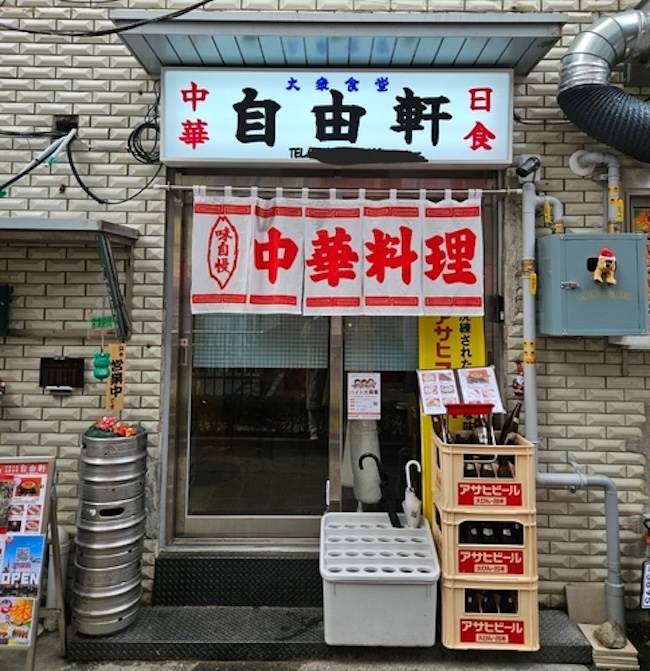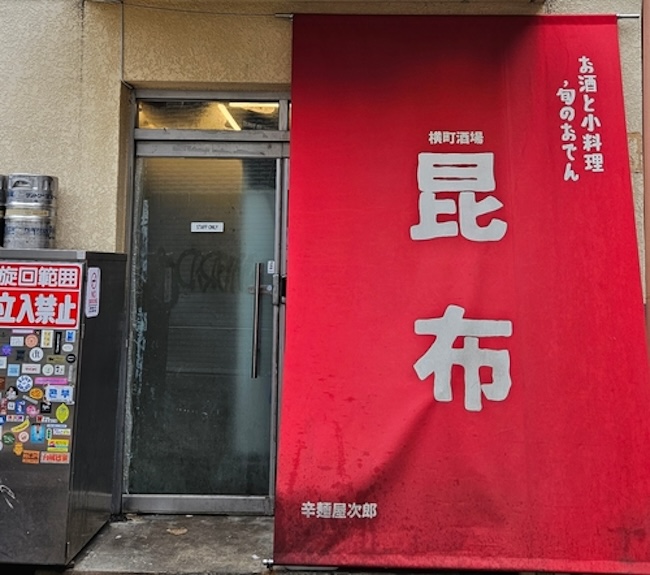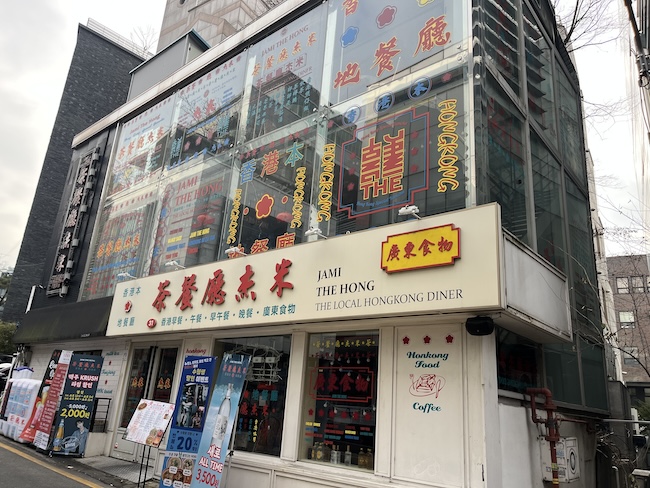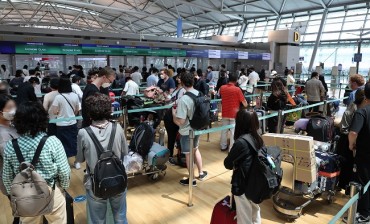
a surge of Japanese-themed establishments has emerged in popular hotspots across the nation. (Image courtesy of Yonhap)
SEOUL, Jan. 3 (Korea Bizwire) – Along Seoul’s ‘Yongridan-gil’, a stretch of road between Sinyongsan and Samgakji stations, an office worker referred to only as Kim (28) takes photos with friends against a backdrop of stores decorated in Japanese style.
“You can’t tell if this is Seoul, Tokyo, or Osaka. People might think I’m in Japan from these pictures,” Kim remarks.
Recently, a surge of Japanese-themed establishments has emerged in popular hotspots across the nation, including downtown Seoul. These stores are characterized not only by their Japanese-only signboards but also by their interiors fully decked out in Japanese style.
This trend marks a stark contrast to a few years ago when a ‘No Japan’ boycott led many establishments to change their names from anything that hinted at Japanese influence.

There are criticisms about the concentration of Japanese-cultured restaurants creating discomfort for some. (Image courtesy of Yonhap)
While some people welcome this exotic and unique change, there are criticisms about the concentration of Japanese-cultured restaurants creating discomfort for some.
On December 29, just before the year-end holidays, around 30 stores in downtown areas like Yongridan-gil, Euljiro, and Daehangno were observed displaying Japanese signboards. Of these, five had signboards only in Japanese or English transliterations of Japanese. Chinese and Thai signboards were also noted.
A closer look reveals that these shops’ decorations and menu boards all radiate a ‘Japanese-style’ atmosphere, with Japanese language menus and job postings for part-time work. Japanese pop music, commonly known as J-Pop, is often played loudly in these establishments.
While there are regulations regarding signboards, many shops have only Japanese or English signage. Some citizens have filed complaints via the Safety Reporting Center app or with district offices, but enforcement is minimal due to a lack of penal provisions in the Outdoor Advertising Act.
A Jung-gu official explained that when complaints are received, they tend to guide store owners to include Korean alongside foreign languages rather than impose fines. Most store owners comply, so it is rare for fines to be levied.
Public opinion is divided on this trend.

Some citizens have filed complaints via the Safety Reporting Center app or with district offices. (Image courtesy of Yonhap)
Do (33), an office worker in Yongsan who frequents Yongridan-gil, finds the unique signs interesting and fitting for the area known for its foreigner-friendly atmosphere.
In a shop without Korean signage that was bustling with customers, an employee noted that customers visit specifically for the Japanese ambiance and often take photos, garnering positive reactions on Instagram.
However, some citizens feel a sense of discomfort, saying that those who visit these establishments are forgetting the past and seemingly embracing Japanese culture.
Kim (29), another office worker, expresses unease at the sight of Japanese signboards and structures, feeling it’s a voluntary introduction of Japanese culture into Korean life, reminiscent of the Japanese colonial period.
Lee Youngae, a professor of consumer science at Incheon National University, suggests caution with foreign language signboards, as they might be seen as a creative marketing tool but can also exclude certain customers.
“Not knowing what a store sells from its signboard can deter some citizens and cause discomfort,” she says. “While it might be a strategy targeting specific customers, intentional exclusion should be avoided.”
Ashley Song (ashley@koreabizwire.com)






